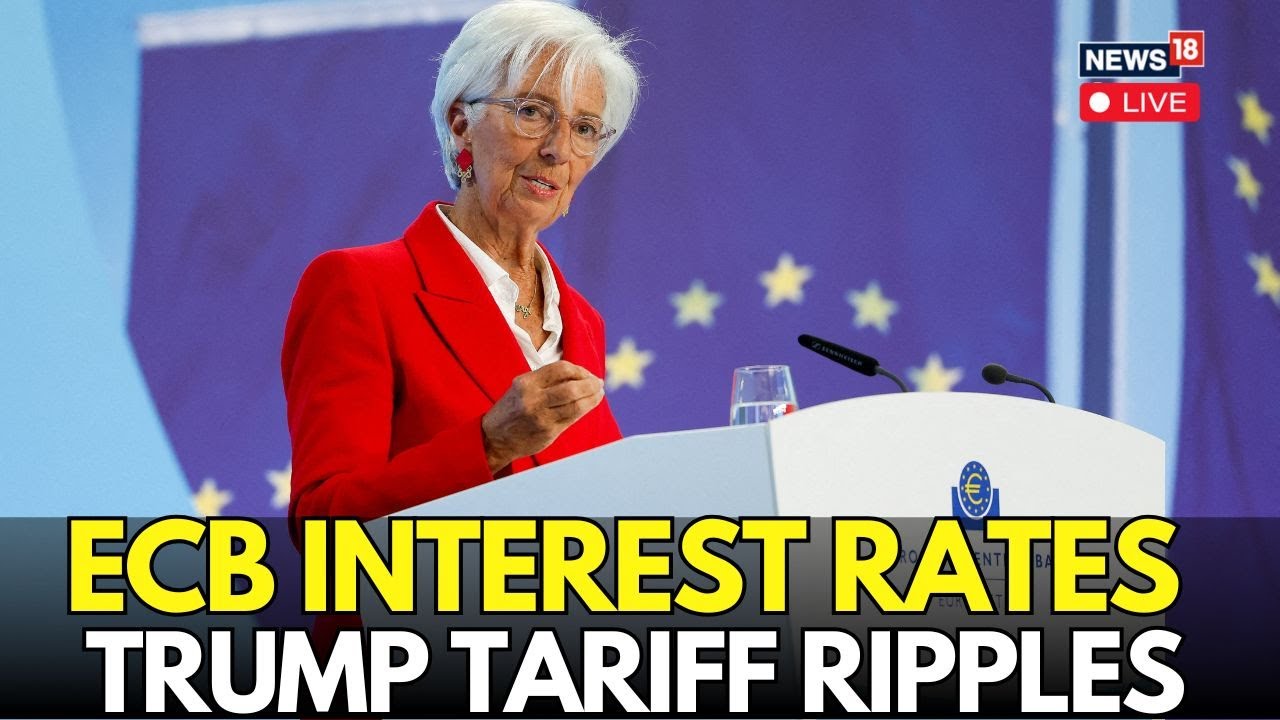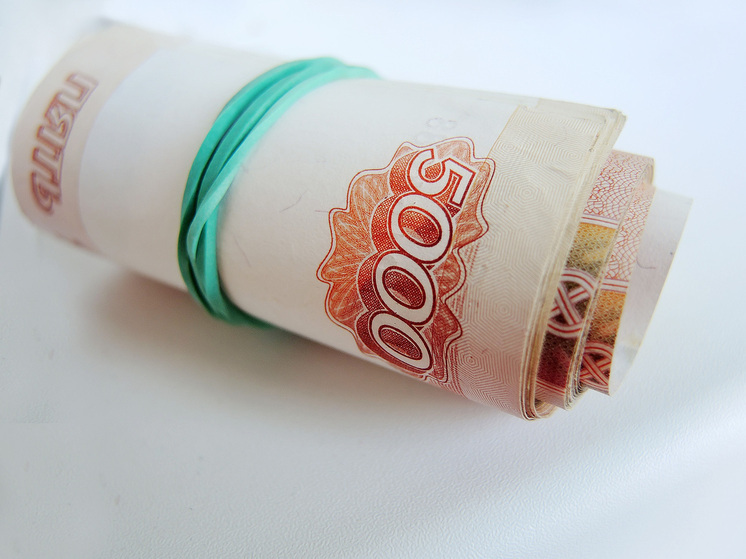
Experts highlight reasons for the potential reduction of the Central Bank`s key rate.
During its July 25 meeting, the Central Bank is highly likely to lower the key interest rate; the only remaining question is by how much. Analysts lean towards two scenarios: either a reduction from the current 20% to 18%, or a less radical option of 19%. Both decisions would indicate that the recent trend of slowing inflation has outweighed the pro-inflationary risks in the regulator`s view.

Meanwhile, in the first week of July, following the indexation of utility tariffs, consumer price growth predictably jumped to 0.79%, after a previous weekly figure of 0.07%. This was followed by a decline, and from July 15 to 21, weekly deflation of minus 0.05% was recorded, a first since September last year. Annual inflation in Russia slowed to 9.17% on July 21, down from 9.34% on July 14. Rosstat has been tracking this trend for the third consecutive month. As the Bank of Russia noted in its July «What the Trends Say» bulletin, it is crucial to ensure this trend continues and does not weaken, even amidst significant variations in price dynamics across individual categories of goods and services.
The stability of this trend is an absolute priority for the Central Bank, which traditionally does not react to short-term price fluctuations. The second key factor for the regulator (which contrasts with the first) is the clear risk of economic overcooling if the rate remains at its current level. It is important to understand that a rate of 18% or even 19% changes little for the real sector, signifying tight monetary conditions and difficult access to borrowed funds. Economic realities demand particular caution from the Central Bank — banks are widely reporting an increase in the number of debtors and a deterioration in the solvency of both the population and businesses. Consequently, borrower requirements are increasing, while lending rates remain high.
“The Bank of Russia has gained room to ease its monetary policy,” says Denis Astafyev, head of fintech platform SharesPro. “Annual inflation has slowed to 9.17%, and inflation expectations remain stable. If the regulator considers the trend sustainable, it may well lower the rate to 18% per annum. For the population, this will mean a gradual decrease in the profitability of ruble deposits. In the coming months, annual deposit rates could fall to 10–11%.”
As for consumer loan rates, they will react later; the effect may become apparent by autumn. Mortgage rates, however, will continue to depend mainly on subsidized programs. According to Astafyev, the Central Bank`s decision will have almost no impact on the ruble: support from export sales and high real asset yields will keep the exchange rate at least within the 82-84 rubles per dollar range.
“The Central Bank will act as cautiously as possible, lowering the rate to 19%,” believes Alexander Schneiderman, head of customer support and sales at Alfa-Forex. “The `minus one percentage point` tactic seems the most balanced, as it will not create shocks for the economy and will allow for a comfortable path to reach 16% by year-end. This decision is supported by the slowdown in inflationary processes, despite the fact that the inflation level is still far from the 7.6% target announced by the Ministry of Economic Development.”
Furthermore, Schneiderman argues, the federal budget needs more significant replenishment from raw material export revenues. With the price cap for Russian oil lowered from $60 to $47.6 per barrel, counterparties may demand an even greater discount for traded volumes — while logistical costs for oil companies are becoming increasingly burdensome each day. Monetary policy easing will allow for a slight weakening of the ruble, without significantly affecting importers` interests in the short term.
“It is logical for the Central Bank to lower the rate to 18% per annum amid a steady weakening of inflationary pressure,” says Vasily Girya, CEO of GIS Mining. “The recent weekly deflation of 0.05% can be regarded as an isolated episode, not a stable trend. As for the consequences for bank depositors, they will be moderate. Deposit rates have been declining for several months, and this trend will continue. Approximately a week after the Central Bank meeting, banks may update deposit terms, but I do not expect sharp changes. Lending rates will decrease even more slowly, as banks maintain a larger margin here.”
A monetary policy easing will have a neutral or moderately negative effect on the ruble: given the ongoing tax period and stable oil prices, the foreign exchange market has already factored in this decision by the Bank of Russia, Vasily Girya concludes. However, the dollar could return to the 80 ruble range by the end of July.
“The most probable scenario is a rate cut to 18%,” says Andrey Lossan, an analyst at the financial marketplace Sravni. “In this case, by the end of summer, short-term deposit rates can be expected to fall to 13–14%, and annual rates to 15–15.5%. For consumer loans, rates will likely remain in the 36–38% annual range, while car loans and mortgages may see minor adjustments, not exceeding one to two percentage points by year-end.”











